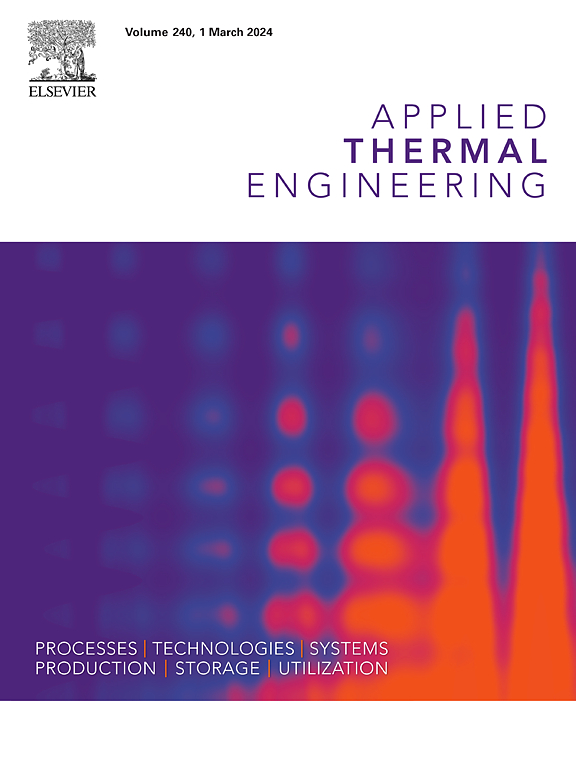A Multilevel-Multiphysics modeling and simulation approach for multichip electronics
IF 6.1
2区 工程技术
Q2 ENERGY & FUELS
引用次数: 0
Abstract
Thermo-mechanical and thermo-electro modeling and simulation (M&S) are commonly demanded in the development of electronic systems. However, such work is often difficult and time consuming because of the scale difference among multilevel domains, especially for the multichip electronics where there are a lot of repeating details. Usually, simplified models, which suppress multiscale features, have to be used to make a compromise. In this work, a multilevel-multiphysics M&S approach is presented to address the need for efficient multiphysics modeling of multichip electronics as well as better characterization the interaction among multilevel domains. An open-source platform, Multiphysics Object Oriented Simulation Environment (MOOSE), is used to as an enable tool because of its multiphysics M&S ability as well as the flexible data transferring functions. Prior to simulation, a multichip system is divided into different levels of domains, which are meshed separately to avoid multiscale feature in each model. Then the inherent thermal, electrical and mechanical behaviors of each level of domains, as well as the interactions with the other levels of domains, are modeled and described with a separate MOOSE app. The prepared apps provide a library of pluggable blocks in the following work. To perform simulation for a specific system, a set of apps are loaded on demand. First, the top-level app, i.e., the main app, is loaded and calls a series of sub apps at given positions and simultaneously initiates two-way interface data transferring between them. Further, each sub app may call its sub-sub apps. By such level-by-level calling, the multilevel models are integrated. A two-way data exchange strategy is proposed and the fixed-point iteration algorithms are used to guarantee data continuity across the interfaces. Notably, the repeating details (e.g., the same type of chips/modules on a board) can be modeled easily by calling the same sub app at multiple positions. Moreover, the pluggable architecture makes the multilevel models be readily reconfigurable, and thus provides valuable flexibility for co-design and development iteration. A prototype with a board and 16 thermal testing chips has been simulated and tested for verification and validation of the approach, and the results demonstrated favorable accuracy and efficiency. Further, the approach was applied to a practical phased array antenna, which contains 63 transmit/receive modules and 189 power amplifiers. Complete and detailed thermomechanical results were successfully obtained with good data consistency from the whole antenna to each chip, suggesting the presented approach enables effective multilevel-multiphysics M&S for such complicated multichip electronics.
求助全文
约1分钟内获得全文
求助全文
来源期刊

Applied Thermal Engineering
工程技术-工程:机械
CiteScore
11.30
自引率
15.60%
发文量
1474
审稿时长
57 days
期刊介绍:
Applied Thermal Engineering disseminates novel research related to the design, development and demonstration of components, devices, equipment, technologies and systems involving thermal processes for the production, storage, utilization and conservation of energy, with a focus on engineering application.
The journal publishes high-quality and high-impact Original Research Articles, Review Articles, Short Communications and Letters to the Editor on cutting-edge innovations in research, and recent advances or issues of interest to the thermal engineering community.
 求助内容:
求助内容: 应助结果提醒方式:
应助结果提醒方式:


